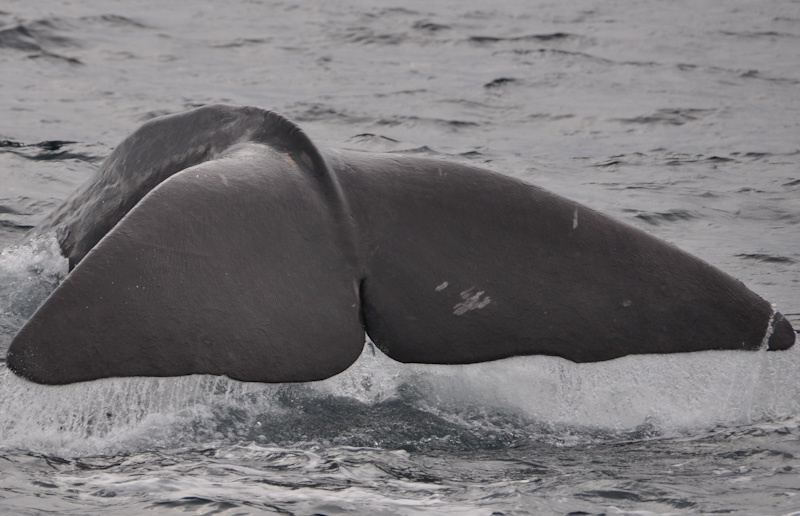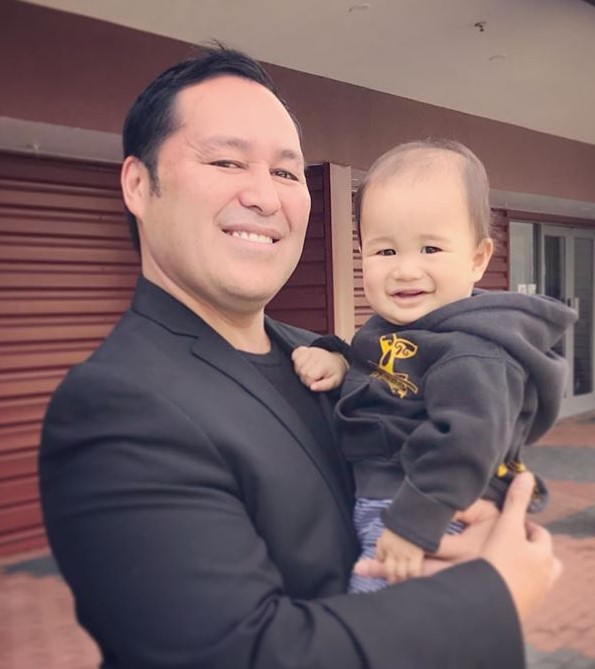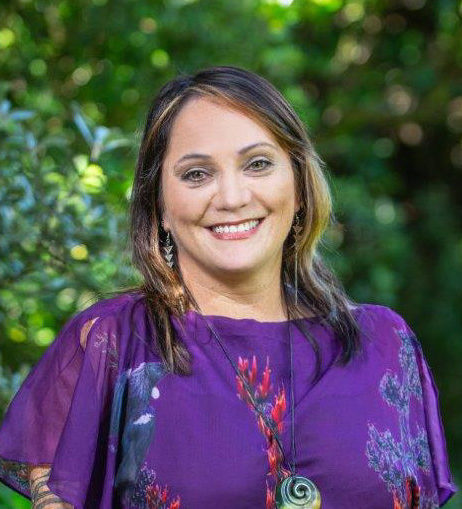Oranga (wellbeing)
Mātauranga Māori based solutions for kauri dieback and myrtle rust

At A Glance:
Māori worldviews are essential for establishing priorities and allowing the co-production of knowledge in response to threats to taonga rākau (treasured tree) species.
In the fight against kauri dieback and myrtle rust, Māori have been seeking solutions that call on their knowledge systems and understandings of the physical and meta-physical elements of the universe. This includes solutions embedded in the spiritual dimensions of this knowledge, that are vital to the protection and enhancement of the natural environment. These are often overlooked, or at worst subjugated, by conventional environmental management practices and the Western science knowledge that underpins its decision-making.
Te mauri o te rakau, te mauri o te ngahere, te mauri o te tangata: Mātauranga Māori based solutions for kauri dieback and myrtle rust is a suite of kaupapa Māori projects that aim to restore the collective health of trees, forests and people. The team will do this by connecting to, and resourcing, Māori communities and their environmental knowledge holders to explore solutions embedded in mātauranga Māori (Māori knowledge).
These projects are unashamedly indigenous and will collectively show how mātauranga-led research can contribute to contemporary biosecurity issues, while addressing the aspirations of Māori and their communities.
Research Areas:
Te Whakaora a Ngā Kauri: rongoā solutions for kauri ora
Māori whakapapa describes how the kauri and tohorā (sperm whale) are brothers, but they were separated when the tohorā chose the ocean over the forest. In this research area we are looking at how this connection could possibly help save the kauri from kauri dieback disease.
The team is led by Matua Tohe Ashby and is investigating rongoā (traditional medicine) solutions for kauri dieback. This involves tohorā, karakia and mōteatea, and ties into the second Oranga research project: Te reo o te waonui a Tāne. We are also training kauri communities in rongoā solutions to help save their rākau (trees).
The research team is supported by Te Tira Whakamātaki, He Putanga Kōrero – He Puna Mātauranga and Dr Jamie Ataria.
Te reo o te waonui a Tāne (the language of the domain of Tāne)
Prayer and spiritual healing play a large role in medical systems of many non-Western countries, but their relevance in environmental management has not been fully explored. In Aotearoa the closet ‘spiritual management tool’ that has some acceptance is rāhui (prohibition that limits human access to areas and/or resources).
Dr Valance Smith is leading our investigation into the concept of ihirangaranga (the vibrations and frequencies that carry te reo and the soundscape within the forest) in relation to native forests, mainly those with a high proportion of kauri trees.
Our main research questions are:
- How can the soundscape of native forests inform us of the health and vitality of the forest?
- Do traditional Māori kupu (words), karakia (prayers) and waiata (songs) provide insight into forest health at the time of composition?
- Do the soundscapes of forests and reo Māori overlap?
Hapū solutions for myrtle rust
Māori communities often have an intimate relationship with their ngahere (forest), so it only makes sense that they form an intergral part of the effort to protect it.
Since the discovery of myrtle rust in Aotearoa in 2017, some research by the Ministry for Primary Industries and BioHeritage National Science Challenge has focused on how iwi, hapū, whānau, Māori organisations and communities could best respond to biosecurity threats. The main findings of this research was the need for Māori to lead their own research and identification of solutions that cater to their needs, not those of Western ideologies.
Alby Marsh and our Hapū solutions for myrtle rust team are now relaying the detailed findings back to hapū around the country and finding out how they want to repond to myrtle rust.
We are working with regional Tangata Māori (Champions) to develop a conservation plan specific for each community. These involve looking at behavioural changes of wild taonga plants as they respond to myrtle rust (such as unexpected flowering), mātauranga Māori based solutions for myrtle rust, and mātauranga surveillance tools.
Te mana motuhake a ngā kākano (the sovereignty of seeds)
Seed collection and storage can be a critical conservation strategy when it comes to saving our taonga rākau (treasured trees). But the process must take proper account of Mana taonga rākau, mana whenua rangatiratanga (right to exercise authority) and tikanga (correct processes).
This project is working towards reclaiming seed conservation mātauranga (Māori knowledge) and developing collaborative agreements with seed conservation establishments, based on equality, fairness and open knowledge exchange.
Aroha Mead, Melanie Mark-Shadbolt and Waitangi Wood are leading the team to co-develop seed conservation protocols that identify knowledge needs and training of indigenous communities. These protocols will protect their rights as custodians of taonga species, which is crucial to optimising the long-term disease management of myrtle rust.
A ‘Critical Friend’ approach
The Homiromiro bird flies above the canopy, looking down and seeing both the expanse of forest and the detail of each tree. This is the type of ‘critical friend’ we have embedded in Oranga.
Drs Mariella Marzano (Forest Research, Scotland) and Simon Lambert (Tūhoe, Ngāti Ruapani; Lincoln University) are both social scientists and it’s their job to facilitate communication between our research projects, and between Oranga and other Ngā Rākau Taketake themes. They will evaluate, question and make suggestions on our research so we can make sure each research team will achieve the best possible outcomes.
Highlights so far
- Established trial sites for rongoā solutions to kauri dieback
- Workshop and interviews with kaumātua have been completed
- Protocols have been developed for specific use with Māori in Ngā Rākau Taketake via Biodiversity Management Areas.
Co-leads:


Ngāti Kahungunu, Ngāti Porou, Te Arawa, Te Āti Awa, Ngāti Raukawa, Ngāti Tūwharetoa
Te Tira Whakamātaki, Ministry for the Environment
Other key people
- Tohe Ashby – Ngāti Te Tarawa, Ngāti Hine, Ngāti Kawa, Ngāti Rahiri and Ngāpuhi
- Dr Jonni Koia – Tainui, Ngati Whawhākia; Auckland University of Technology
- Dr Jamie Ataria – Rongomaiwahine, Ngāti Kahungunu, Ngāti Tūwharetoa; Cawthron Institute
- Alby Marsh – Ngāti Ranginui, Ngai Te Rangi, Ngā Puhi, Ngāti Hine, Te Rarawa; Te Tira Whakamātaki, Plant and Food Research
- Aroha Mead – Ngāti Awa, Ngāti Porou, Ngāti Tūwharetoa, Tuhourangi and Ngāi Tūhoe
- Waitangi Wood – Ngatirua, Ngāti Awa, Ngāti Kahu, Ngāpuhi Nui Tonu
Collaborators
- Te Tira Whakamātaki
- Kauri dieback and myrtle rust Strategic Science Advisory Groups
- Iwi, hapū and whānau from kauri dieback and myrtle rust infected areas
- Kaumatua, rongoā practitioners and Rangatira
- All other Ngā Rākau Taketake themes
- Scion
News
November 2022
Investment in seed banks could pay off against climate change. Te Ao Māori News.
September 2020
Traditional Māori medicine helps kauri health, long-term monitoring suggests. Stuff.
Saving a forest from kauri dieback with rongoā Māori. Radio New Zealand.
Te Wao Nui. Stuff.
Research Partners
Te Tira Whakamātaki
Iwi, hapū and whānau